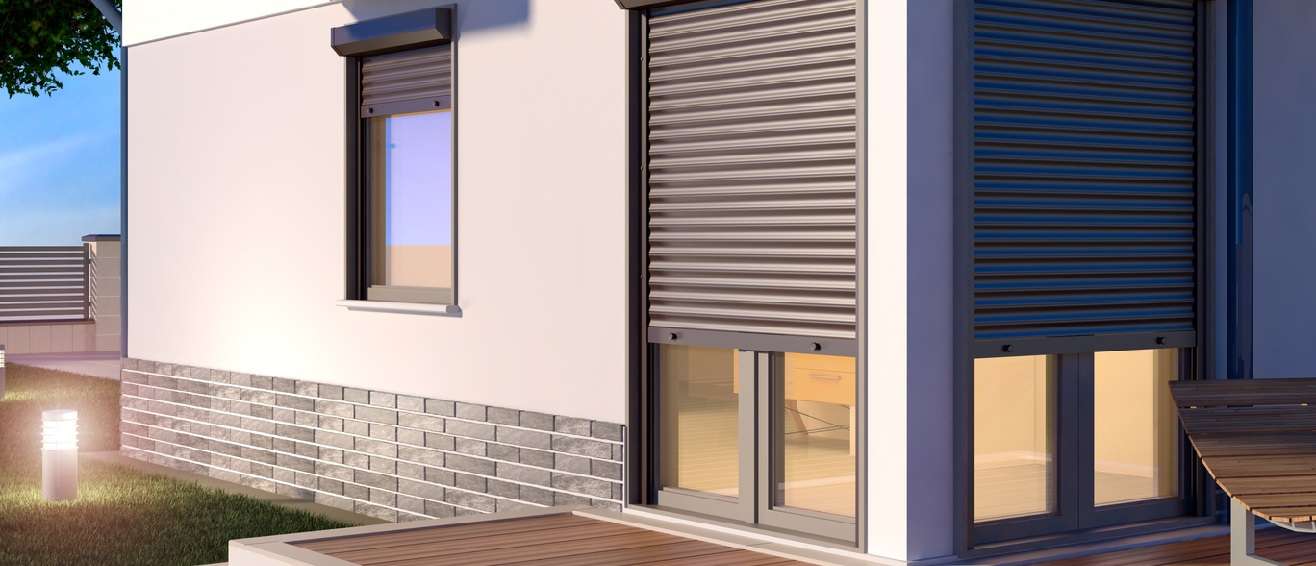
Shading with blinds & shutters promoted as a passive solution by the Climate Change Committee
Dr Deborah Andrews has collaborated with the British Blind and Shutters Association (BBSA) for about 10 years on a number of research projects with colleagues including Dr Elizabeth Newton, Professor Issa Chaer, Dr Aaron Gillich and Professor Graeme Maidment.
Output from one recent PhD research project led by Dr Andrews has been recognised and included by the Climate Change Committee, which has produced two reports* for Government prior to the COP26 conference in October with recommendations for mitigation measures needed to combat Climate Change.
Of the 8 main recommendations one is to prevent overheating in our homes and other buildings. The solution that they are promoting is the use of passive solutions, that is blinds and shutters. The centrepiece scientific basis to their report is the BBSA/LSBU study conducted by their researcher Zoe de Grussa on an apartment building in Camden London**.
Of the concerns identified by the CCC this highlights an achievable solution. Preventing solar gain is more efficient than using energy to remove it, the cheapest energy is the energy that you do not need to use. There is another benefit dynamic shading can be raised in the heating season to enable free heat from the sun.
Sun and weather are constantly changing. It is logical then, that for maximum benefit, blinds and shutters should be automated.
Since their previous report in 2016 CCC confirms that over 570,000 new homes have been built in England alone that are not resilient to future high temperatures, which will mean that costly retrofit will be needed to make those homes safe and habitable. CCC analysis shows that it is around four times more expensive to instal shading post-contract than including it at new build stage. In the next five years, over 1.5 million homes are due to be built; these will also lock-in increased climate vulnerability unless planning and building policy requires passive adaptation measures now.
To quote Lord Krebs the former chair of CCC “A lot of modern flats are built with limited ventilation. We are not designing buildings for preventing overheating. Shading – shutters or awnings – is not costly or difficult to install, it’s just that we’re not doing it.”
*https://www.theccc.org.uk/wp-content/uploads/2021/06/Progress-in-adapting-to-climate-change-2021-Report-to-Parliament.pdf
*https://www.theccc.org.uk/wp-content/uploads/2021/07/Independent-Assessment-of-UK-Climate-Risk-Advice-to-Govt-for-CCRA3-CCC.pdf
**De Grussa, Z, Andrews, D, Lowry, G, Newton, EJ, Yiakoumeti, K, Chalk, A, Bush, D (2019) A London residential retrofit case study: Evaluating passive mitigation methods of reducing risk to overheating through the use of solar shading combined with night time ventilation. https://openresearch.lsbu.ac.uk/item/866xq